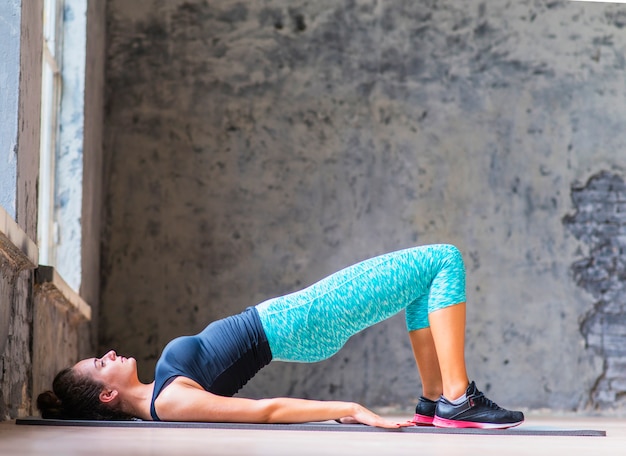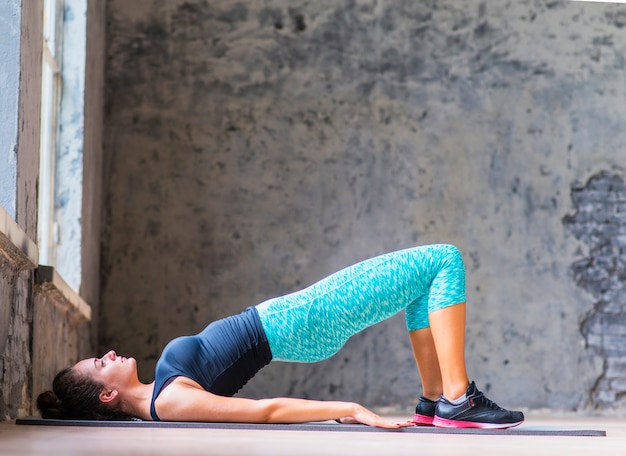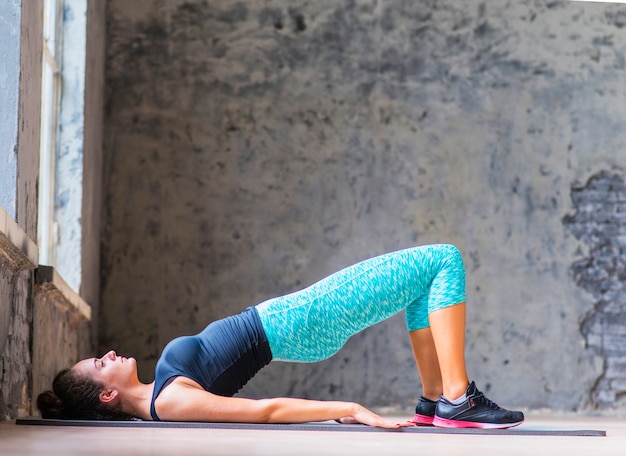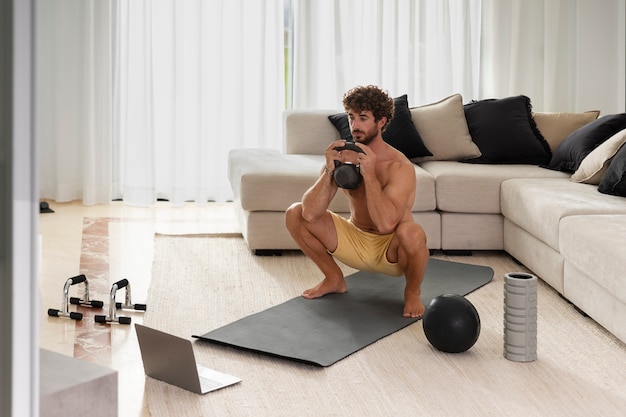Build a Stronger Core in Just 45 Minutes a Day: Simple, Science-Backed Routines for Lasting Results
A strong core is more than just toned abs—it’s the foundation of overall strength, stability, and functional movement. Whether you're lifting groceries, playing with kids, or improving your posture at work, your core plays a crucial role. The good news? You don’t need hours at the gym or expensive equipment. With just 45 minutes a day, you can build a resilient, powerful core using simple routines and sustainable habits—backed by science.
Why Core Strength Matters
Your core includes more than just the rectus abdominis (the 'six-pack' muscles). It’s a network of muscles including the transverse abdominis, obliques, lower back, and pelvic floor. Together, they support your spine, improve balance, reduce injury risk, and enhance athletic performance.
Research shows that consistent core training improves posture, reduces lower back pain, and boosts overall physical function. The best part? You can see noticeable improvements in strength and endurance in as little as 4–6 weeks with regular practice.
The 45-Minute Daily Strategy: Structure & Balance
Spending 45 minutes a day on core work doesn’t mean doing endless crunches. Instead, focus on a balanced mix of strength, stability, and functional movements. Break your session into three 15-minute blocks for optimal results:
- Strength & Resistance (15 min): Use bodyweight, resistance bands, or light weights to build muscle.
- Stability & Control (15 min): Focus on slow, controlled movements like planks and bird-dogs.
- Mobility & Recovery (15 min): Stretch and foam roll to prevent tightness and improve flexibility.

Simple, Effective Core Exercises You Can Start Today
Here are five evidence-based exercises that require minimal or no equipment and can be done at home:
- Dead Bug (3 sets of 12 reps): Lie on your back, arms extended to the ceiling, knees bent at 90 degrees. Slowly extend opposite arm and leg while keeping your lower back pressed to the floor. This builds coordination and deep core strength.
- Plank with Shoulder Taps (3 sets of 20 taps): In a high plank, tap each shoulder with the opposite hand while keeping hips stable. This enhances anti-rotational strength.
- Bird-Dog (3 sets of 10 reps per side): On all fours, extend one arm and the opposite leg while maintaining a neutral spine. Improves balance and spinal stability.
- Resistance Band Pallof Press (3 sets of 12 reps per side): Attach a resistance band to a stable object at chest height. Stand sideways and press the band straight out, resisting rotation. A powerful anti-rotation exercise.
- Glute Bridge with March (3 sets of 10 per leg): Lie on your back, lift hips into a bridge, then lift one foot at a time. Engages glutes and deep core simultaneously.
Build Habits That Stick: Small Changes, Big Impact
Consistency beats intensity. Incorporate these simple habits to support your core journey:
- Set a daily reminder: Use your phone or smartwatch to prompt your 45-minute session.
- Track progress: Note improvements in form, endurance, or reduced back discomfort weekly.
- Pair with a habit: Do your routine after brushing your teeth or before dinner to anchor it in your day.
- Stay hydrated: Proper hydration supports muscle function and recovery.
- Focus on form, not speed: Slow, controlled movements activate deeper muscles more effectively than fast, sloppy reps.

Evidence-Based Tips for Long-Term Success
Science supports several key principles for effective core training:
- Progressive overload: Gradually increase difficulty by adding resistance, time, or complexity.
- Train multiple planes of motion: Include movements that challenge rotation, flexion, and lateral stability.
- Rest and recovery: Allow at least one rest day per week to prevent overuse and support muscle adaptation.
- Combine with full-body movement: Core strength improves when integrated with squats, lunges, and functional lifts.
Common Mistakes to Avoid
Even with the best intentions, it’s easy to fall into traps:
- Overemphasizing crunches while neglecting deeper stabilizing muscles.
- Holding your breath during exercises—breathe steadily to maintain intra-abdominal pressure.
- Arching the lower back during planks or bridges—engage your core to maintain a neutral spine.
- Skipping recovery—tight hip flexors or weak glutes can undermine core performance.
Final Thoughts: Strength Starts from the Center
A strong core isn’t just about appearance—it’s about function, resilience, and long-term health. With just 45 minutes a day, structured routines, and consistent habits, you can build a core that supports every aspect of your life. Start simple, stay consistent, and let science guide your progress. Your body will thank you.

















